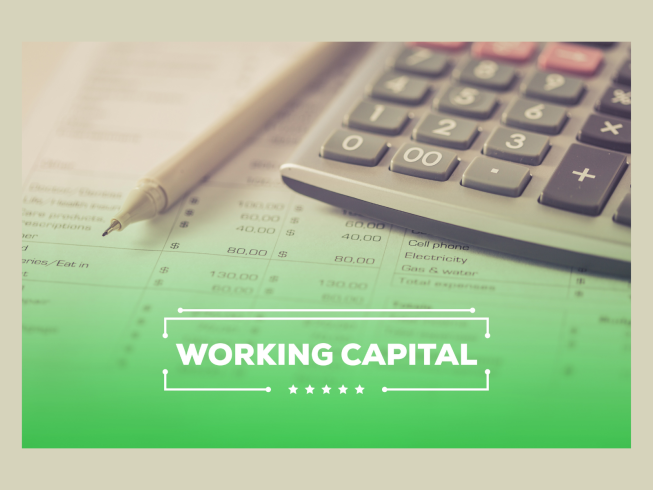Please note, the bank will NEVER call or text you for any of your personal banking information. If you receive a call or text, please call your local branch immediately.
As a business owner or entrepreneur, understanding the difference between working capital and cash flow is crucial to the success of your business. While the two terms are often used interchangeably, they represent two separate concepts. In this blog post, we will explore the difference between working capital and cash flow and why it is vital to know the distinction.
Working Capital
Working capital is the amount of money a company has available to fund its day-to-day operations. One calculates working capital by subtracting current liabilities from current assets. Current assets can be easily converted into cash within a year, such as inventory, accounts receivable, and cash on hand. Current liabilities are debts due within one year, such as accounts payable, short-term loans, and taxes owed.
Working capital is essential because it allows a business to pay its bills, make payroll, and invest in growth opportunities. A healthy level of working capital is usually 1.2 to 2 times the amount of current liabilities.
Cash Flow
Cash flow, on the other hand, is the amount of cash coming in and going out of a business. It measures a company's ability to generate cash from its operations. Positive cash flow means that a company is generating more cash than it is spending, while negative cash flow means that a company is spending more than it is generating.
Cash flow is crucial because it allows a business to pay its bills, invest in growth opportunities, and distribute dividends to shareholders. It is also an important indicator of a company's financial health and ability to meet its financial obligations.
Working Capital vs. Cash Flow
While working capital and cash flow are related concepts, they are different. Working capital measures a company's short-term financial health, while cash flow measures a company's ability to generate cash from its operations.
Working capital is important because it allows a company to fund its day-to-day operations. At the same time, cash flow is essential because it will enable a company to invest in growth opportunities and pay its bills. A company can have positive working capital but negative cash flow if it is not generating enough cash from its operations to cover its expenses. Conversely, a company can have negative working capital but positive cash flow if it generates enough cash from its operations to cover its expenses.
In conclusion, understanding the difference between working capital and cash flow is crucial for any business owner or entrepreneur. While they are related concepts, they represent different aspects of a company's financial health. By monitoring working capital and cash flow, a company can ensure that it has the resources it needs to fund its day-to-day operations, invest in growth opportunities, and meet its financial obligations. If you would like to talk with one of PyraMax Bank’s Commercial Bankers about your cash flow and working capital situation, please feel free to reach out to us at 414-421-8200.
By Eric Hurd
